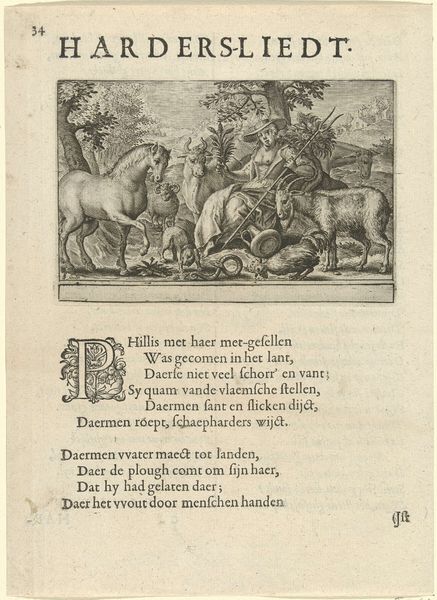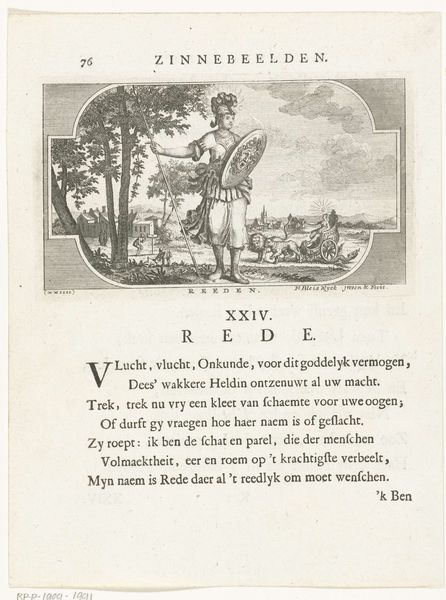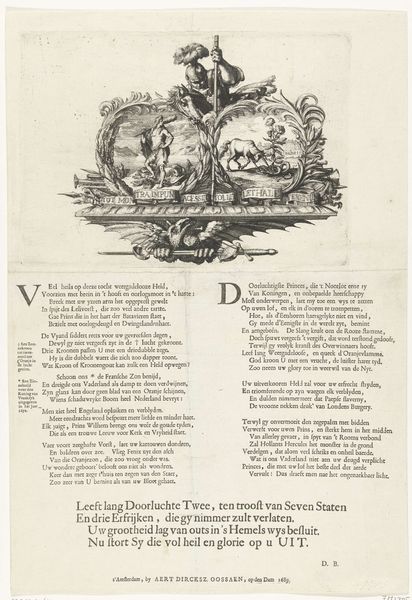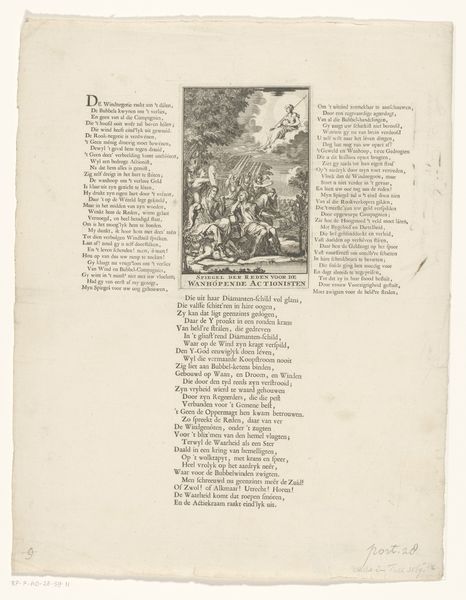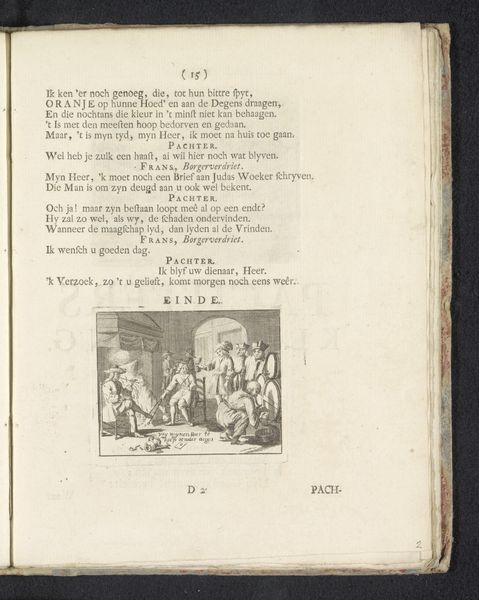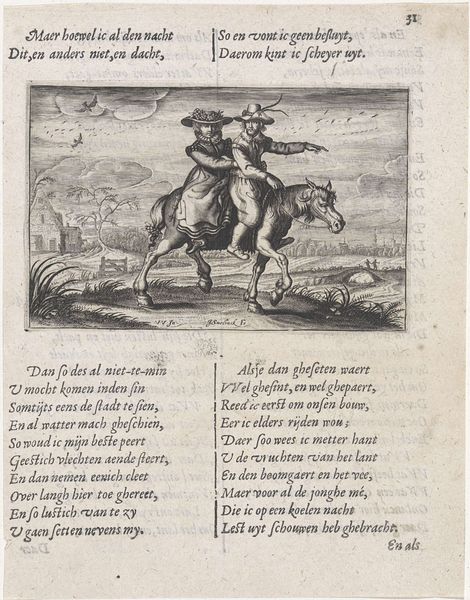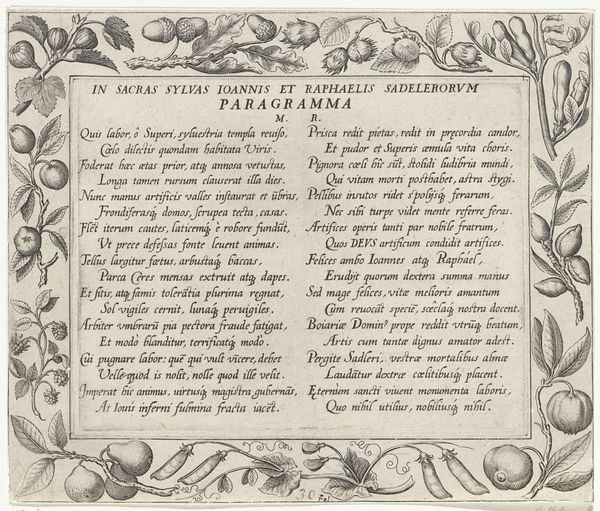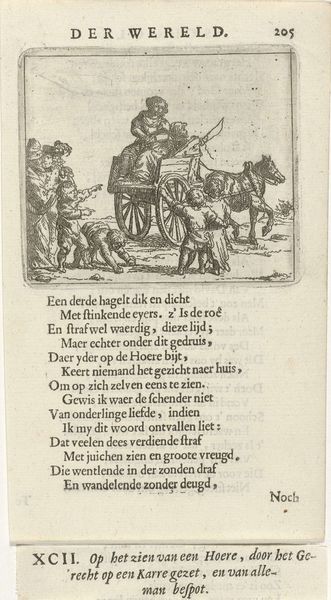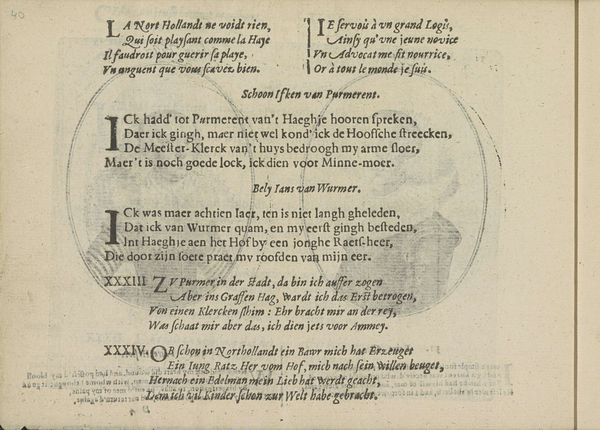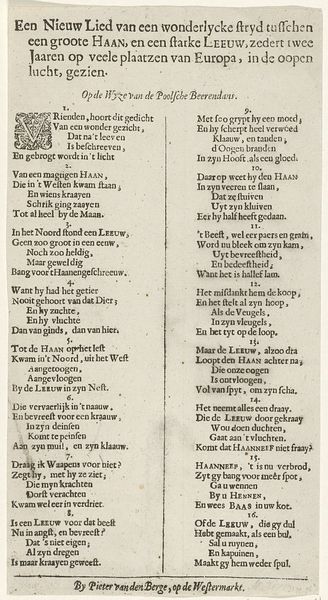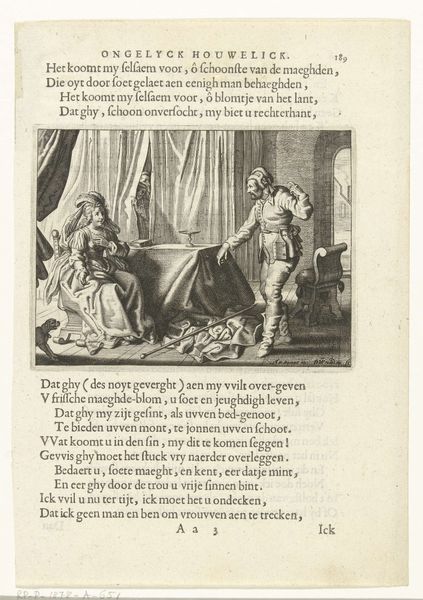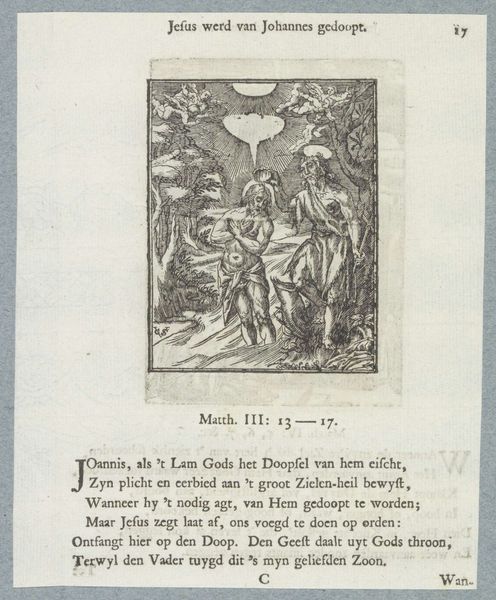
print, ink, engraving
#
allegory
#
baroque
# print
#
old engraving style
#
ink
#
history-painting
#
engraving
Dimensions: height 196 mm, width 151 mm, height 158 mm, width 127 mm
Copyright: Rijks Museum: Open Domain
Editor: This is "Embleem met allegorie op fortuin," made sometime between 1681 and 1737 by François van Bleyswijck. It's an engraving printed with ink, currently held at the Rijksmuseum. The scene has this wonderfully intricate old engraving style. What strikes me is the figure of Fortune, quite literally surrounded by images of labor and its fruits, or lack thereof. What do you see in this piece? Curator: I notice first the sharp contrast Bleyswijck crafts. Fortune isn't just a whimsical goddess; she’s tied to the material world. Her attributes – the cornucopia, the rudder, even the globe – all speak to the control, or lack thereof, over resources and production. How do the people depicted surrounding her strike you? Editor: They seem almost desperate, reaching up for gifts, maybe? Or maybe showing off. But then I notice that some are clearly engaged in labor, one carrying a beehive and another waving a spear to… do what, exactly? Curator: Exactly! Consider the intended audience and the historical context. The print was produced during the Dutch Golden Age, a period of immense wealth, generated through trade and industry. Yet, such fortune didn't spread equally. Think of it: the tools and materials of production became central, the print functioning almost as propaganda – a tool itself, reinforcing certain socio-economic values of the time. Editor: So, instead of focusing on high art or individual expression, you see this print as a reflection of its time, really interrogating who benefitted from all the work and materials circulating then? Curator: Precisely. It reminds us that art is not created in a vacuum; it's bound by its own methods of creation and its relation to society. Editor: I hadn't thought of it that way, seeing Fortune as actually embedded within a system of labor and distribution rather than simply dispensing gifts. This really encourages us to look closer at what's *behind* the image. Curator: Absolutely! Recognizing art as fundamentally connected to its making can transform how we perceive it, I think.
Comments
No comments
Be the first to comment and join the conversation on the ultimate creative platform.
